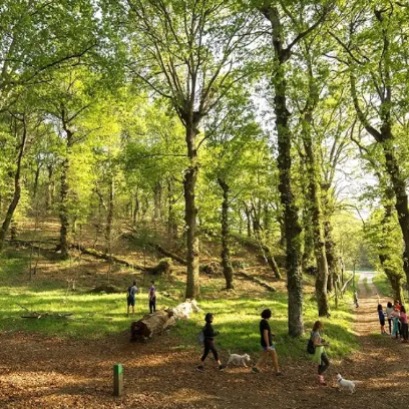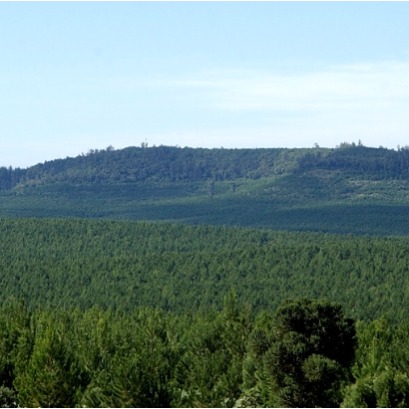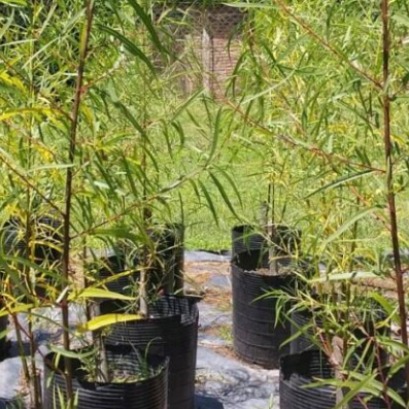
This is the Galician forest where the highest chestnuts in Europe grow
The place has centenary chestnut trees that reach 30 meters high and keeps in its shadows the memory of Emilia Pardo Bazán
A few kilometers from the center of Lalín extends La Fraga de Catasós, also known as Carballeira de Quiroga. With an area of ??just 4.2 hectares, this mixed forest of oaks and chestnut trees represents one of the best examples of the Atlantic deciduous forest that once covered much of Galicia. But its value does not only reside in its natural beauty: La Fraga hosts the highest chestnuts in Europe, with specimens that reach 30 meters high and exceed five meters of perimeter. These trees, planted at the beginning of the 19th century, were cultivated with care to provide slender and resistant wood, ideal for the construction of pazos and large house beams. The chestnuts could only be branches, without deconating them, thus allowing vertical growth. The forest, declared a natural monument in 2000 and a natural space of local interest in 2017, has been protected by its ecological uniqueness and by the wealth of its biodiversity. Inside, the visitor can observe mosses, fungi, lichens and a rich fauna that includes insects, salamanders, frogs and even the scarce flying deer, an endangered beetle. It is said that in this inspiring enclave, surrounded by the high chestnuts and the calm of the forest, he wrote some chapters of his most emblematic novel, Los Pazos de Ulloa. Hence, the place is linked to the history of Galician literature. Today, La Fraga de Catasós is open to the public and has a 1.2 -kilometer path, perfect for a family walk. The route, well marked and full of informative panels, allows us to immerse yourself in the history and ecology of this unique forest. In addition, a small fenced plot serves as a didactic space to observe the evolution of species such as chestnuts, oaks and cherry trees.
IT MAY INTEREST YOU
 Free seminar on the implementation of the European EUDR regulation on deforestation-free wood products
Free seminar on the implementation of the European EUDR regulation on deforestation-free wood products
The Argentine Forestry Association (AFoA) organizes the seminar «EUDR in Forest Products: Current status of implementation. Regulatory requirements and private experiences", which will take place on Wednesday, November 26, from 11:00 a.m. to 12:00 p.m., via Zoom, with live streaming on YouTube. The European Regulation on Deforestation-Free Products (EUDR) will enter into force on December 31, 2025 and will impose new requirements for forest products entering the European Union market.
 Combilift Unveils the 2025 Christmas video “Twelve Days of Christmas” – with a Twist!
Combilift Unveils the 2025 Christmas video “Twelve Days of Christmas” – with a Twist!
Monaghan, Ireland – November 2025
 INTA Delta begins propagation of seven Creole willow clones for ecological restoration in Paraná
INTA Delta begins propagation of seven Creole willow clones for ecological restoration in Paraná
As a result of the rescue, domestication and registration work carried out by Teresa Cerrillo, a leading researcher in Salix Genetic Improvement, within the framework of the National Genetic and Forest Resources Programs of INTA, the multiplication and propagation of seven clones of Creole willow (Salix humboldtiana) began recently registered in the National Seed Institute (INASE) by INTA Delta del Paraná.





















